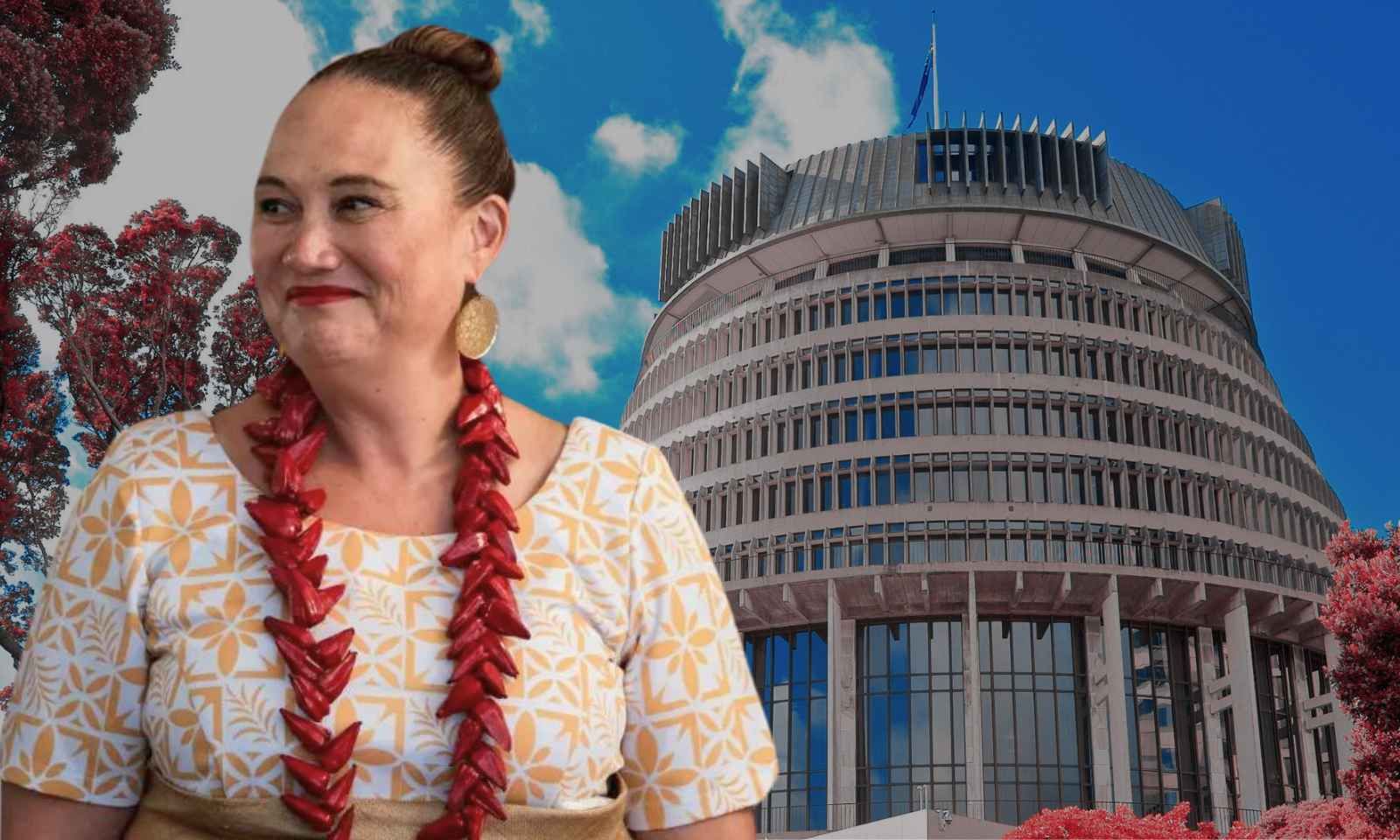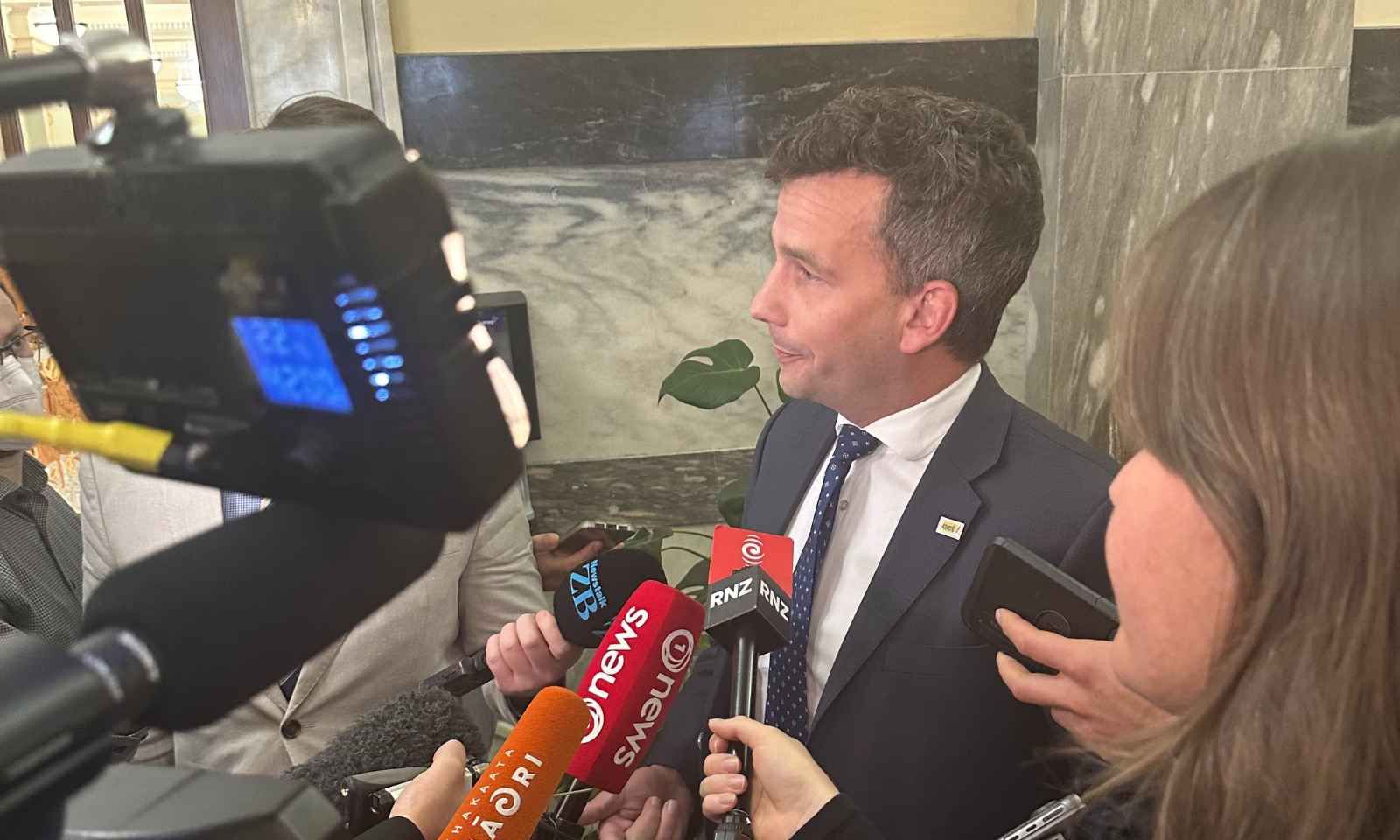

In Term 2 of 2024, 18 percent of Māori students and 17 percent of Pacific students were chronically absent. This is compared to 8 percent of NZ European/Pākehā students and 6 percent of Asian students.
Photo/Supplied
Pacific student absenteeism worsen - Labour
Carmel Sepuloni says there is a need to address underlying issues like housing and poverty amid stricter truancy measures and new education initiatives.


World Buskers Festival welcomes Māori and Pacific performers for historic first


From shyness to leadership: Head girl’s journey to uplifting Pacific youth


World Buskers Festival welcomes Māori and Pacific performers for historic first


From shyness to leadership: Head girl’s journey to uplifting Pacific youth
Pacific children have been deemed ‘chronically absent’ in the Education Review Office’s (ERO) most recent report, something the Labour Party says is concerning.
In the report, Left Behind, Māori and Pacific students were found to be more at risk of chronic absence.
In Term 2 of 2024, 17 per cent of Pacific students were chronically absent compared to 8 per cent of Pākehā students, up from pre-Covid-19 levels.
Labour’s Deputy Leader, Carmel Sepuloni, told William Terite on Pacific Mornings that there are many other factors involved in the well-being of Pacific students.

Labour Deputy Leader, Carmel Sepuloni. Photo/supplied
“The reality is that attendance at school has been on the decline for at least the last 16 years, obviously made worse by Covid.
“There are other factors involved. What we were discussing at that particular meeting was the fact that if you're in insecure housing, if you're in transit, you're more likely to miss school.
“If your parents are living in poverty and they can't afford the bus fare or the petrol for the car, then you're more likely to miss school.
“And if these kids are living in houses that are cold and damp, they're more likely to get sick and miss school.
“So it's really important not to oversimplify it and to look at all of the contributing factors and for a government to address those rather than just come out heavy and say they're going to fine the parents.”
The government has been clear about tackling truancy, with Associate Education Minister and ACT Party Leader, David Seymour, reassuring the coalition will enforce an attendance response system for all schools in early 2026.
“The ERO report states that there is a lack of understanding of the implications of truancy, interventions are occurring too late and only once non-attendance is firmly embedded, and that there is inadequate information sharing between agencies which puts strain on attendance services,” he said in a statement.
“The Government is addressing these issues. We’ve started a nationwide conversation on truancy.
“We’re setting frameworks for timely interventions from schools, and I’ve directed the Ministry of Education, with the active cooperation of the Ministry for Social Development, Oranga Tamariki, Police, Kainga Ora, and Te Puni Kōkiri, to develop robust information sharing agreements so that staff can share appropriate information once a student has been identified as needing support.”

ACT Party Leader, David Seymour will assume the position of deputy Prime Minister from 31 May 2025, replacing Wisnton Peters. Photo/Ala Vailala
Sepuloni also advocated for better support systems and referenced an Auckland high school, which has seen a rise in attendance, due to a boost in communication efforts.
“A good case study that I heard this week when visiting or last week when visiting Onehunga High School is that they have improved their attendance dramatically,” she said.
“And speaking to the principal who's been there for two years, it is because they have taken this really proactive approach to contacting whānau. If the kids are not there, they ring.
“If the kids are falling behind in school early, they ring and they let them know the support that is available and they encourage the parents and the families to get involved.
“Now, that's seen a massive turnaround in terms of attendance rates and also achievement for those kids. And so I think it is possible.
“It takes a lot of commitment from families, communities, schools, and government.”
Staying committed to their promise to improve maths achievement for students, the government announced further details to transform the curriculum.
Trialling for a targeted maths acceleration programme will be held next year in terms one and two at $2 million.
Education Minister Erica Standford highlighted the government’s commitment to getting 80 per cent of Year 8 students at or above the expected curriculum level by 2030.

Education Minister Erica Stanford with maths resources for new curriculum. Photo/Erica Stanford Instagram
“Alongside this, more than 308,000 students will benefit from high-quality, curriculum aligned workbooks, teacher guidance and lesson plans,” she said.
“Our $30 million investment allows every teacher and child to have the resources they need to flourish in the classroom.”
The investment will go towards workbooks, teacher guidance, and lesson plans to be provided in to every primary and intermediate school.
Support for the workforce includes $20m for professional development in structured maths for teachers with twice-yearly assessments for maths in primary schools from the start of 2025.
Watch Carmel's full interview on Pacific Mornings here

